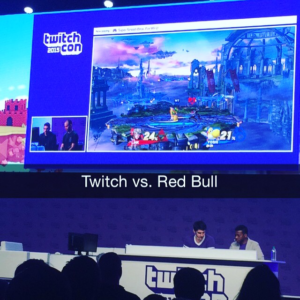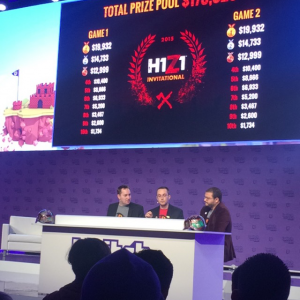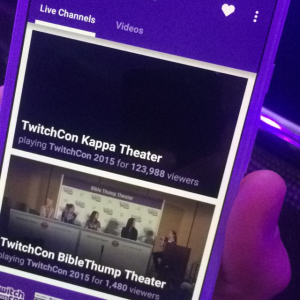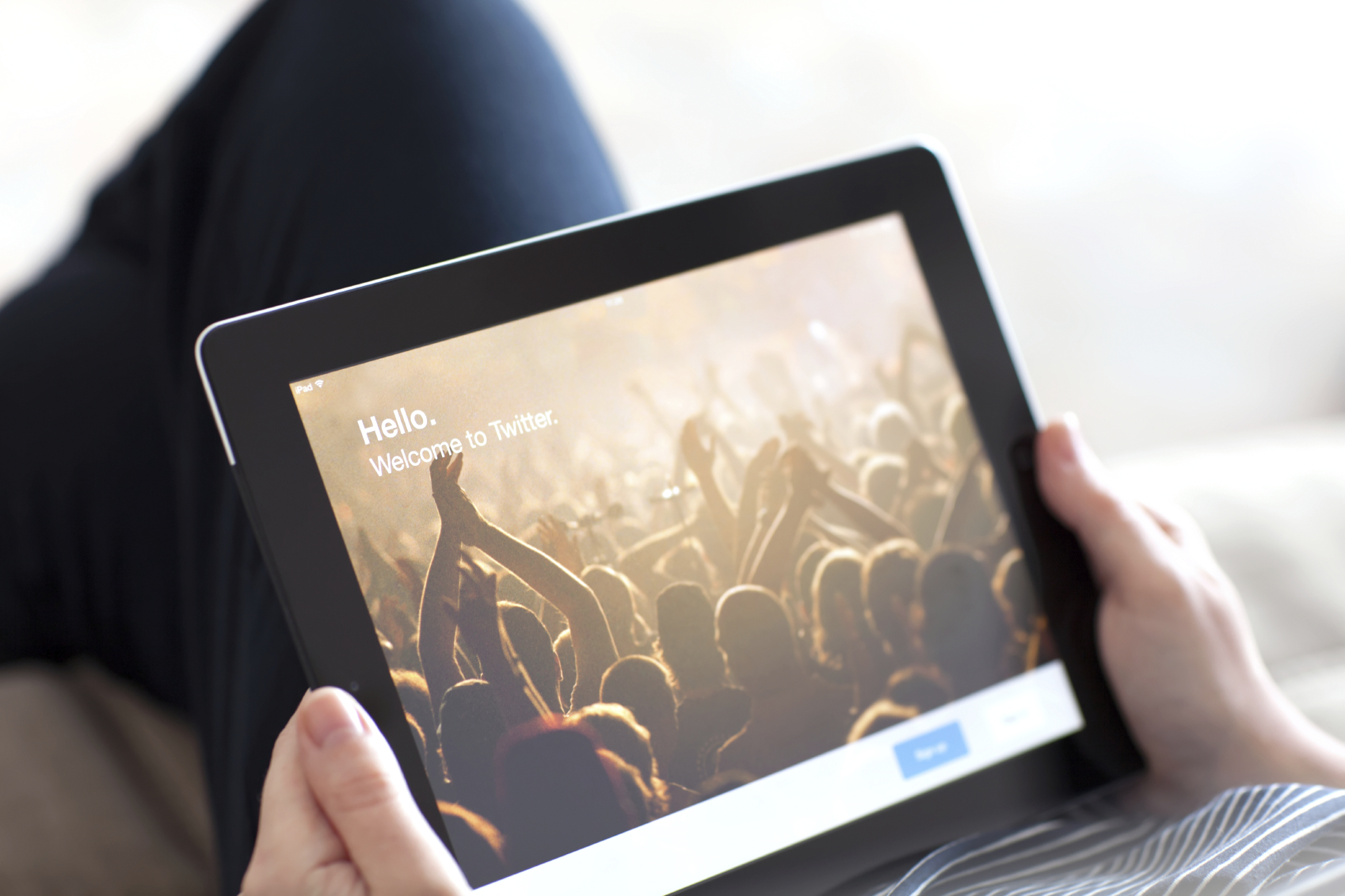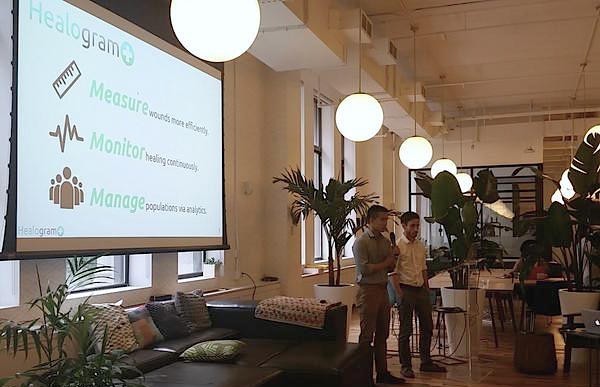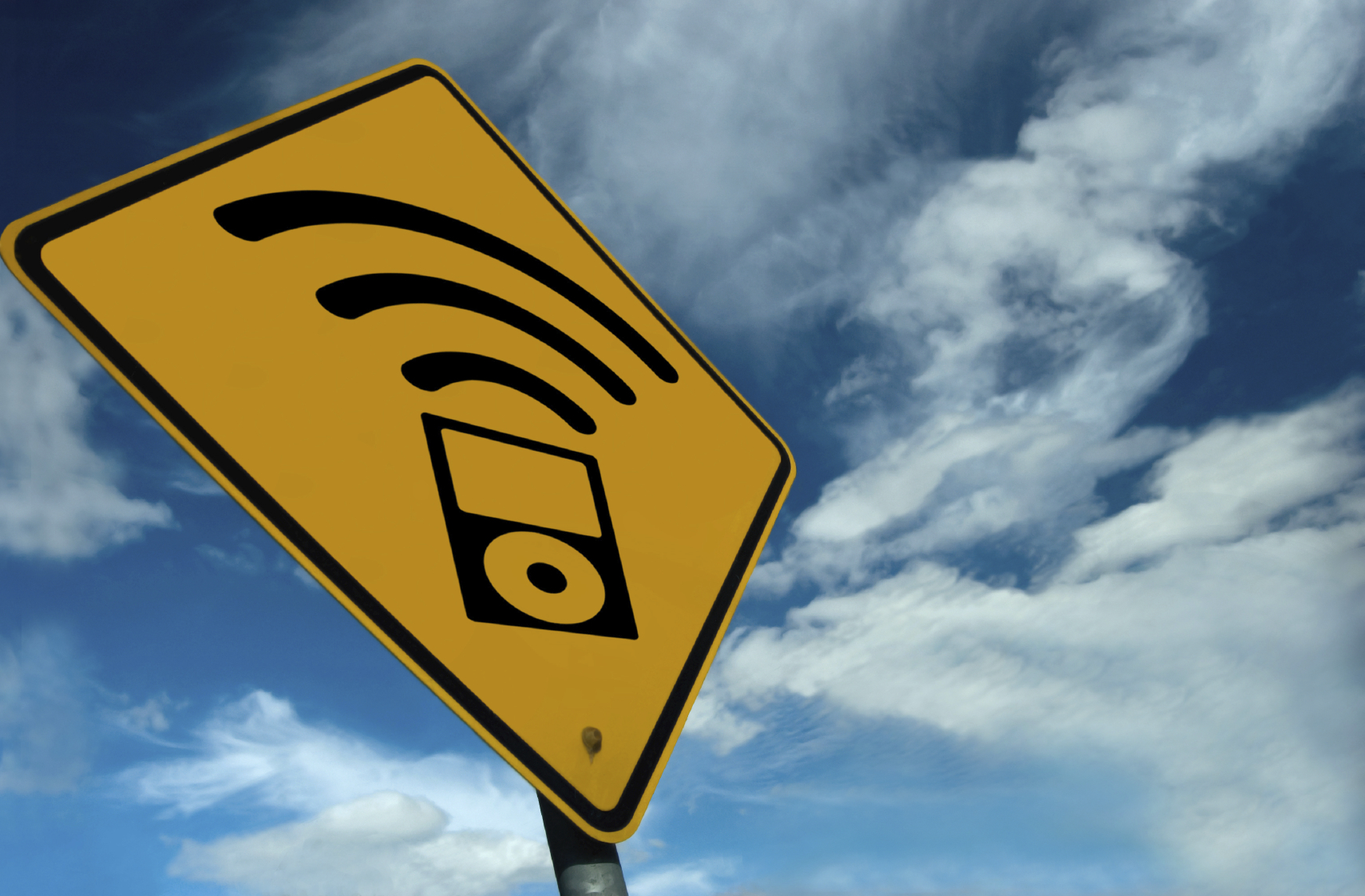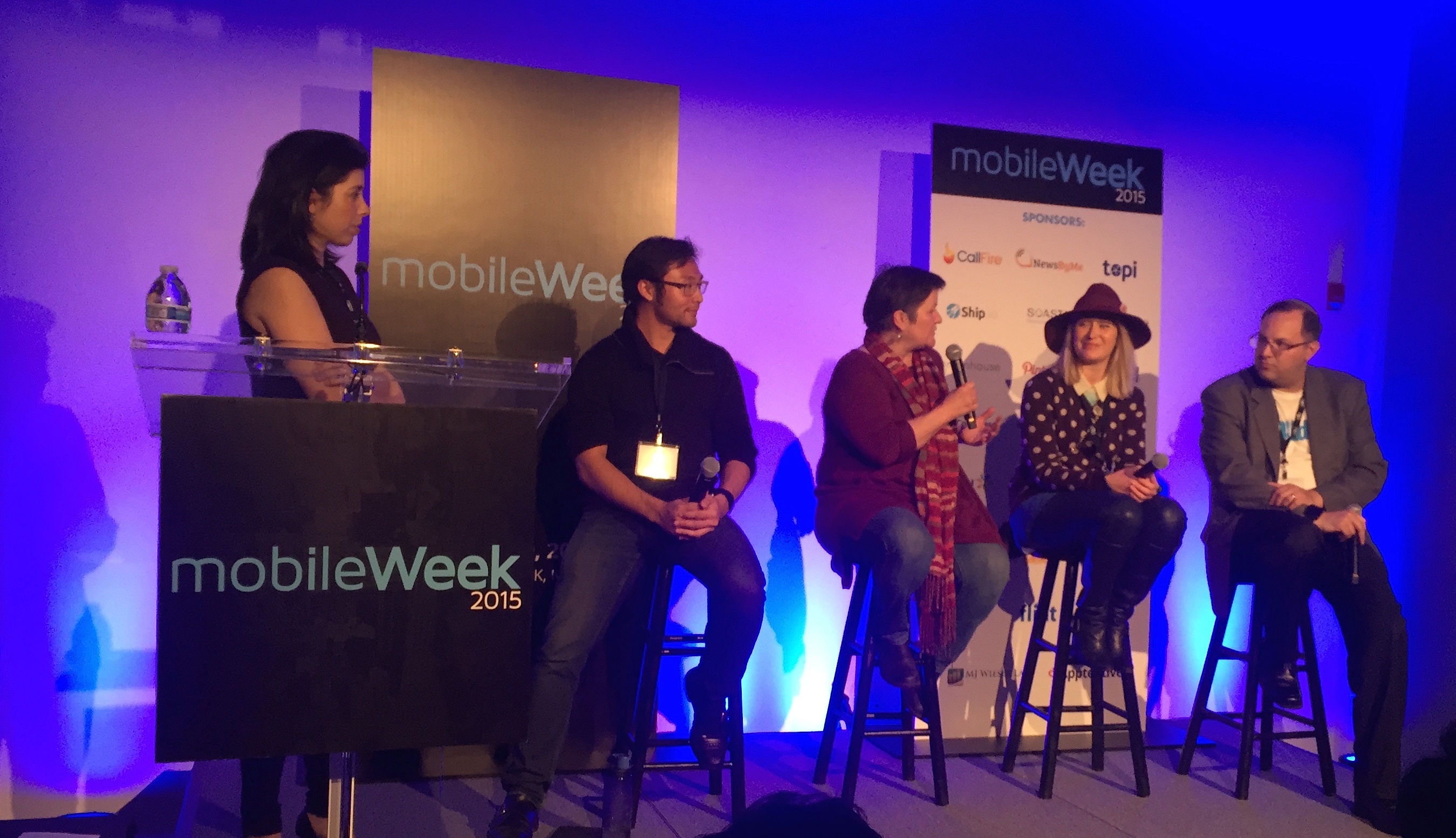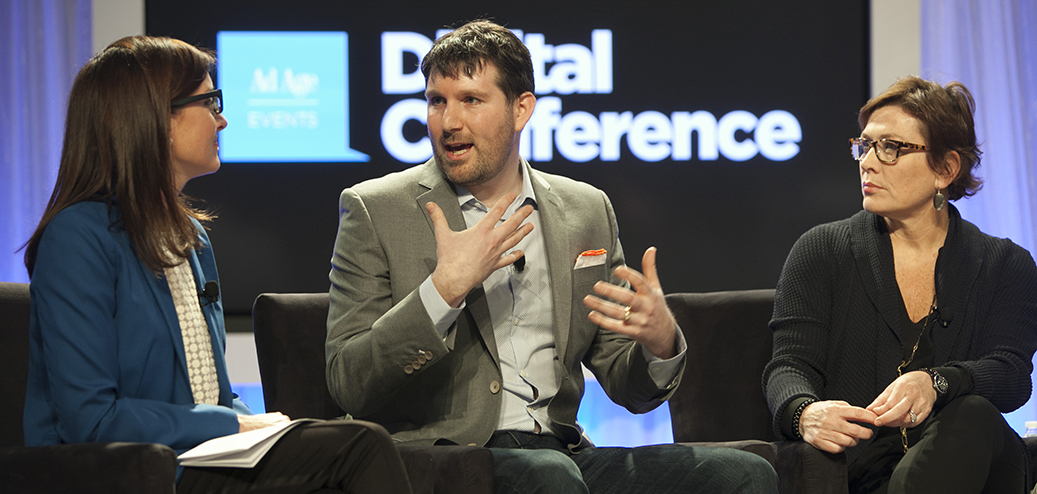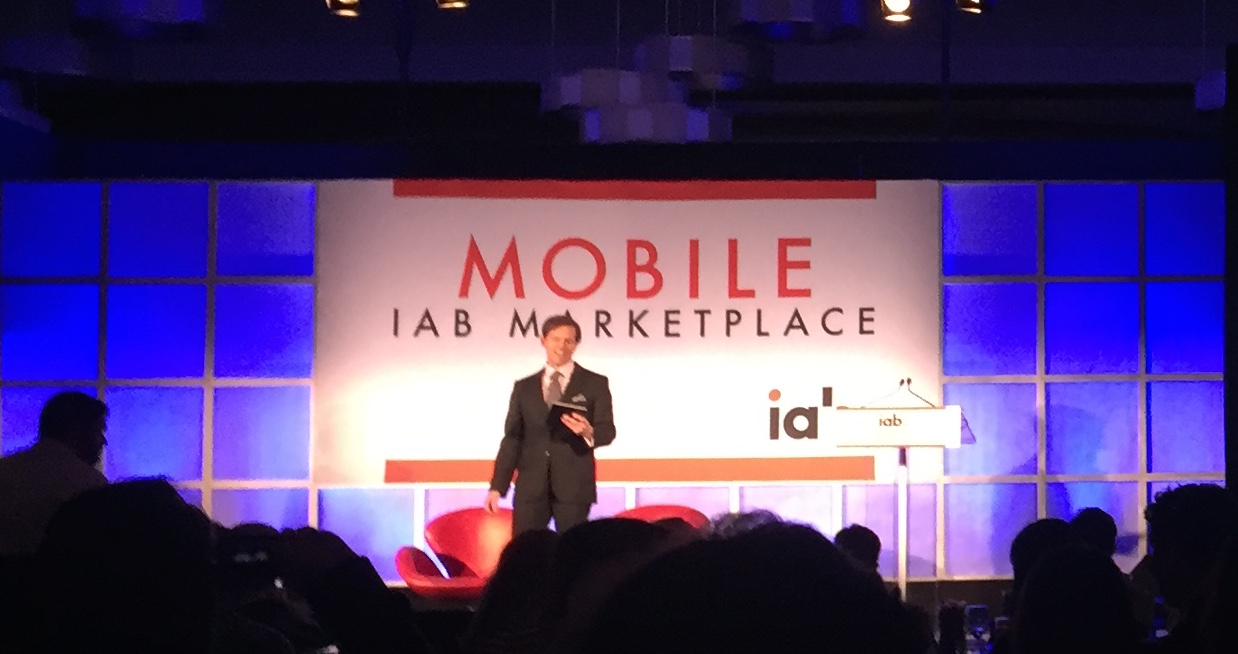Twitch’s first ever conference dedicated to its community was far from ordinary. From September 25th to 26th, the heart of San Francisco was home to over 20,000 fans, gamers, and broadcasters. Throughout the event, the IPG Media Lab team interacted with partners, attended sessions, and even had sit-downs with Twitch influencers Itmejp and DansGaming. Here are some of the highlights of TwitchCon 2015.
During the keynote, Twitch unveiled that they will be finishing their roll out of their HTML5 video player in early 2016, and that there will finally be a Twitch app available across the Playstation Network. The apps will feature full chat integration, complete emoticon support, and will highlight broadcasts across PS4, PS3, PS Vita, and PS TV.
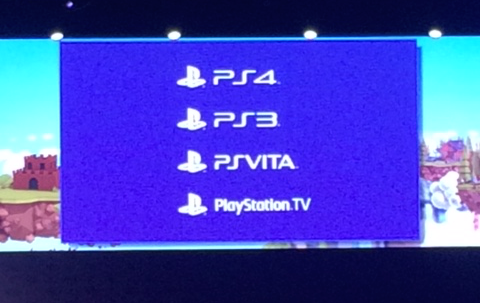
Aside from the staggering $173,320 prize pool, the H1Z1 Invitational was a showdown amongst some of the most popular broadcasters on Twitch such as Lirik, Summit1g, Itmejp, and Sodapoppin. H1Z1 is a combat-oriented game forcing players to fight to the death on a shrinking map until there is one player left standing. At one point there were over 130,000 concurrent viewers watching the live stream on Twitch.
Later, SF-based Twitch and LA-based Red Bull faced-off on the main stage in a Super Smash Bros. exhibition match where the winning office got to choose the location of a $10,000 prize-pool Super Smash Bros. event. Twitch beat Red Bull 3-0, unsurprisingly.
Even though TwitchCon primarily focused on offering its community workshops and classes to help improve their Twitch channel, brands should take notice. The event offered great insights on how Twitch built such a tight-knit community of influencers and fans and how they propelled the service into what it is today. It showcased Twitch’s wide variety of influencers, their tastes, and how they represent themselves to the community, and the ways influencers promote brands on their channel without offending or losing their followers.
Overall, TwitchCon was a huge success especially among millennials. Not only did the event attract a mass audience but also topped 1.9 million unique online viewers across the event’s various streams.
Header image courtesy of www.twitchcon.com

